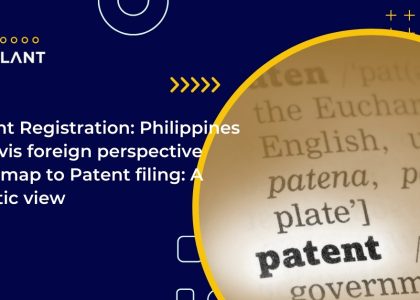

Basic: Provisional Patent Vs. Utility Patent
Although engineers are well-trained as inventors, the majority of them lack the legal expertise necessary to be specialists in obtaining patents for their creations. A utility patent or a provisional patent should they obtain? How about a patent for designs?
The most straightforward answer is that design patents only cover an object’s appearance and shape. The hundreds or thousands of toothbrushes, TV remotes, shoes, and other items can all hold design patents based on their external looks. This isn’t typically the kind of design engineering that engineers do. They are not stylists; they are innovators and typically seek a utility patent.
Utility Patents
A utility patent for any novel, practical, and unobvious invention or procedure may be applied. In exchange for fully exposing the concept and the method of implementation to the public, it grants patent holders the right to manufacture and profit from their innovations for 20 years and the right to charge a fee (royalty) for others to be permitted to manufacture it. It allows the creator to sue others for allegedly violating (or sort of stealing, in this case) their concept. It does not prevent others from taking the idea and profiting from it. The creator is out of luck, and the patent is essentially meaningless if they cannot afford to suit.
Preparing the specifications is the first stage in getting a utility patent or the first one after creating the invention. This entails defining the present state of the art in the invention’s field of technology, stating what issue the invention answers or its advantages, and providing a description of the invention, including what it is expected to perform and how. A professional artist was probably hired to create the stylized illustrations of the invention that were included in the description. The description’s primary goal is to make it possible for someone with average talent to create the innovation without needing significant testing. As mentioned above, the concept is that innovators receive a 20-year exclusive right to profit from their ideas in return for teaching the rest of the nation (and the globe).
The claims of the invention, which outline its boundaries, must then be put in writing. Sadly, while engineers may be skilled at developing new ideas, few are adept at navigating the legalese necessary for making claims. Some publications and websites may be helpful, but some inventors choose to work with a patent attorney. The inventor then submits this data to the United States Patent and Trademark Office (USPTO).
The USPTO decides whether to approve or reject the application within three months after submission. If the innovation is approved, the inventor may write “patent pending” on it and use the term when discussing it. The office will list the issues if rejected; the inventor might address them later and reapply.
A patent examiner is tasked with reviewing the application and looking for any potential prior patents that could cover the “new” invention if it is approved. The examiner may also request that the inventor repeat their claims. This might take months or even years.
A notice of permission, stating that the patent will be awarded if the fee is paid, is given after the inventor and examiner concur on the application and its claims. Although almost all patents undergo significant changes during the application process, 65% of patent requests are eventually approved.
Provisional Patents
The USTPO introduced provisional patents in 1994. They can be awarded without the inventor producing formalised drawings or listing the claims of his concept, but once granted; they are only valid for 12 months. Because of this, they can be prepared more quickly and for less money than utility patents. Provisional patents allow innovators additional time to refine their ideas and see whether there is a market before devoting more effort and resources to them. The provisional patent application process also enables the inventor to indicate “patent pending” on the invention and any documents mentioning it.
The utility patent’s filing date will be the same as the provisional patent’s if the inventor files for it within a year after receiving a provisional patent. Because of this, the inventor must provide as much information as possible in the provisional patent application. They would be eligible for an early filing date if the invention were disclosed correctly.
Additionally, the provisional patent application won’t be made public by the USTPO until after the inventor files for a utility patent.
The USTPO switched from first-to-invent, where the person who came up with an idea first had the right to patent it, to first-to-file, where whoever submitted a patent application first had the most substantial claim to it, in 2013. Applying for a provisional patent enables the inventor to stake their claim earlier and be the first to submit as a provisional patent application is regarded as a patent application.
In general, inventors who choose a provisional patent claim that it offers them more time to fundraise, improve their ideas, and find investors while still guaranteeing an early filing date. Additionally, it does not begin the expiration of its 20-year period of exclusivity regarding the ability to benefit from the innovation or concept.








